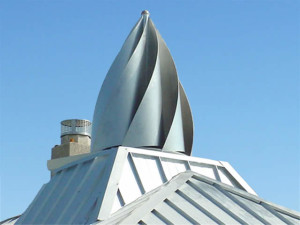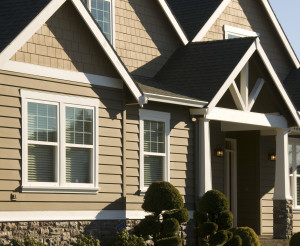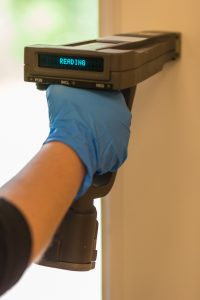Roofing Through History
Throughout history, one thing hasn’t changed: the need for effective roofing systems! Humans have always found ways to protect their homes from the elements. Different people groups from around the world have used a variety of techniques and materials. It’s fascinating to see how much we’ve advanced in the world of roofing.Ancient Greece: Thatch
Ancient Greece lays claim to some of the most iconic architectural feats of all time. But an average home in BC Greece used thatch as roofing material. Thatching is the crafting of a roof with dry vegetation. Dry palm branches and straw were packed tight and could actually defer water and heat fairly well, considering their simplicity. The thatch would overhang the eaves far enough so that rain wouldn’t erode the home’s dry clay brick walls.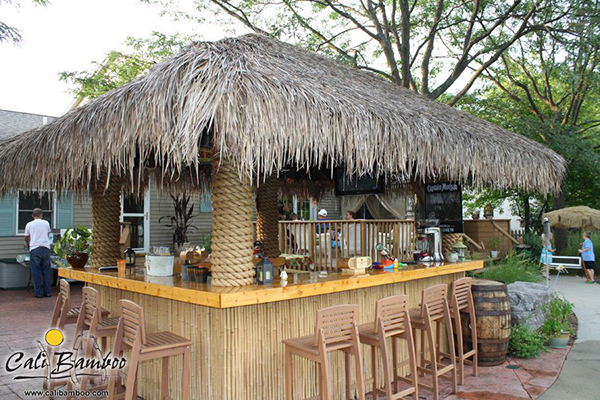 Modern tiki bars feature decorative thatch roofs. What thatch couldn’t do well was protect against fire. Dry vegetation and fire don’t mix well. Although no modern roofing material is 100% fireproof, they’re still tough to burn. Modern asphalt shingles, concrete and clay tiles, slate, and metal are all class-a rated roofing materials.
Modern tiki bars feature decorative thatch roofs. What thatch couldn’t do well was protect against fire. Dry vegetation and fire don’t mix well. Although no modern roofing material is 100% fireproof, they’re still tough to burn. Modern asphalt shingles, concrete and clay tiles, slate, and metal are all class-a rated roofing materials. Ancient China: Tile
China and Greece both came around to developing tiling as roofing material. During the Ming and Qing dynasties, glazed tiles were the best roofing materials for the most important buildings - like palace halls in the Forbidden City. Glazed tubular tiles in Beijing’s Forbidden City Glazed tubular tiles were molded into a cylindrical shape and cut along their length to form a half-tube. They could shed rain more effectively than thatch roofs. China’s flat plate tiles were laid across and overlapping each other. Archeologists found that during the Song Dynasty, plate tiles were overlapped at forty percent. The amount of overlap increased to seventy percent in the Qing dynasty. This allowed for three tiles to be on top of a single tile. In the case of cracks in some of the tiles, the others would prevent leakage.
Glazed tubular tiles in Beijing’s Forbidden City Glazed tubular tiles were molded into a cylindrical shape and cut along their length to form a half-tube. They could shed rain more effectively than thatch roofs. China’s flat plate tiles were laid across and overlapping each other. Archeologists found that during the Song Dynasty, plate tiles were overlapped at forty percent. The amount of overlap increased to seventy percent in the Qing dynasty. This allowed for three tiles to be on top of a single tile. In the case of cracks in some of the tiles, the others would prevent leakage.  An overlapping tile roof in Emei Shan. Image Credit: JonesBlog
An overlapping tile roof in Emei Shan. Image Credit: JonesBlog Mid-1800’s America: Wood
North America had no shortage of timber for homebuilders in the 1800’s. Wood shingles were constructed from the local trees in the builder’s area. Oak, pine, and Western red cedar were common. Mills made sawn shingles for use with Victorian style homes.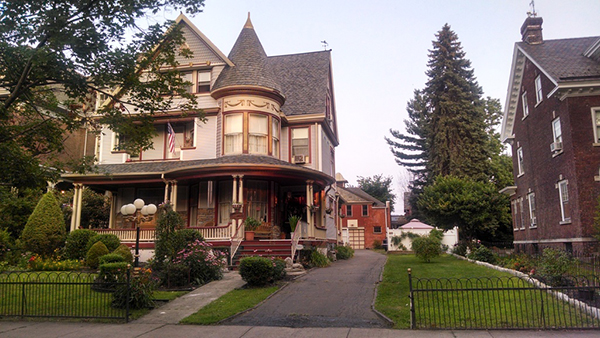 A Queen Anne style 1800’s home with wooden shingles. Image Credit: Zillow Wood is cost-effective and certainly beautiful. But the Victorian Era roofs didn’t last long compared to modern materials. They were prone to rotting and insect damage
A Queen Anne style 1800’s home with wooden shingles. Image Credit: Zillow Wood is cost-effective and certainly beautiful. But the Victorian Era roofs didn’t last long compared to modern materials. They were prone to rotting and insect damage Early 1900’s America: Asphalt Shingles and Asbestos
Asphalt shingles were a huge step up in quality from their thatch, clay, and wooden roofing ancestors. When they first came into use in 1910, the asphalt shingle quickly replaced wood shingles for their cost effectiveness, fire resistance, and defense against rot.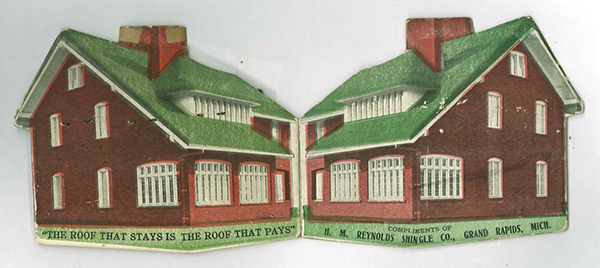 An early advertisement in a brochure promoting the use of asphalt shingles. Image Credit: Architect Magazine
An early advertisement in a brochure promoting the use of asphalt shingles. Image Credit: Architect Magazine Asbestos
Around the same time, a European chemist filed the first patent for cement roofing shingles. It contained 15 to 20% asbestos - a fibrous mineral with each fibre containing microscopic fibrils. These fibrils are released into the air when disturbed. Inhaling them causes a higher risk of respiratory issues including a cancer called mesothelioma. Why was asbestos ever used as a homebuilding material? First, it’s a very fireproof material. This was a plus for insurance companies. It’s lightweight, which eliminates issues for heavy roof loads. It doesn’t rust or rot. Finally, it’s cheap to manufacture.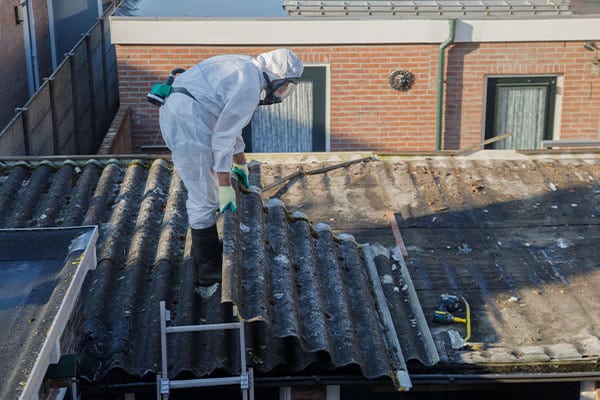 A trained asbestos removal professional is required to safely discard asbestos materials. Image Credit: RSG Abatement The harmful effects are only seen many decades after exposure. There was a delayed realization of the harm they can cause. However, older homes (typically early 1980’s and prior) may contain asbestos in some parts of the home. Fortunately, asbestos is no longer used in building materials for homes.
A trained asbestos removal professional is required to safely discard asbestos materials. Image Credit: RSG Abatement The harmful effects are only seen many decades after exposure. There was a delayed realization of the harm they can cause. However, older homes (typically early 1980’s and prior) may contain asbestos in some parts of the home. Fortunately, asbestos is no longer used in building materials for homes. Modern Cutting-Edge Roofing Materials
RoofCrafters takes pride in using only the highest quality roofing materials available. Classic tile, asphalt shingles (including various designs and colors), state-of-the-art custom metal roofing, and more are available from our onsite manufacturing system in Central Texas. Modern materials are capable of withstanding one hundred mile-per-hour winds, high impact hail, intense heat, and keep the elements out effectively to lower your energy bills. Protect your home for decades to come with local RoofCrafters project planners. Get in touch today!Subscribe to RoofCrafters Inc's Blog




